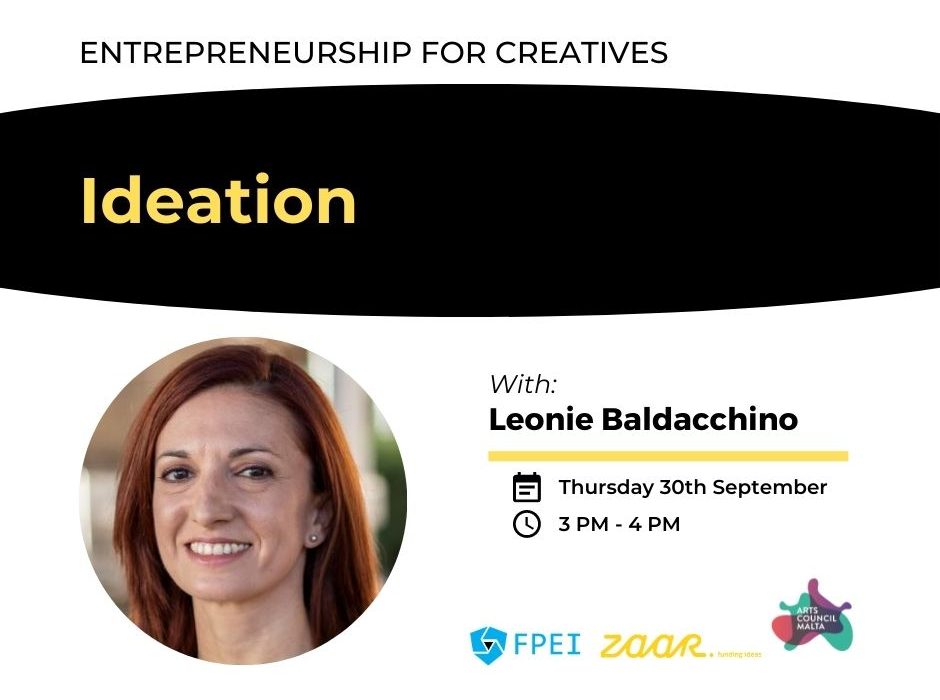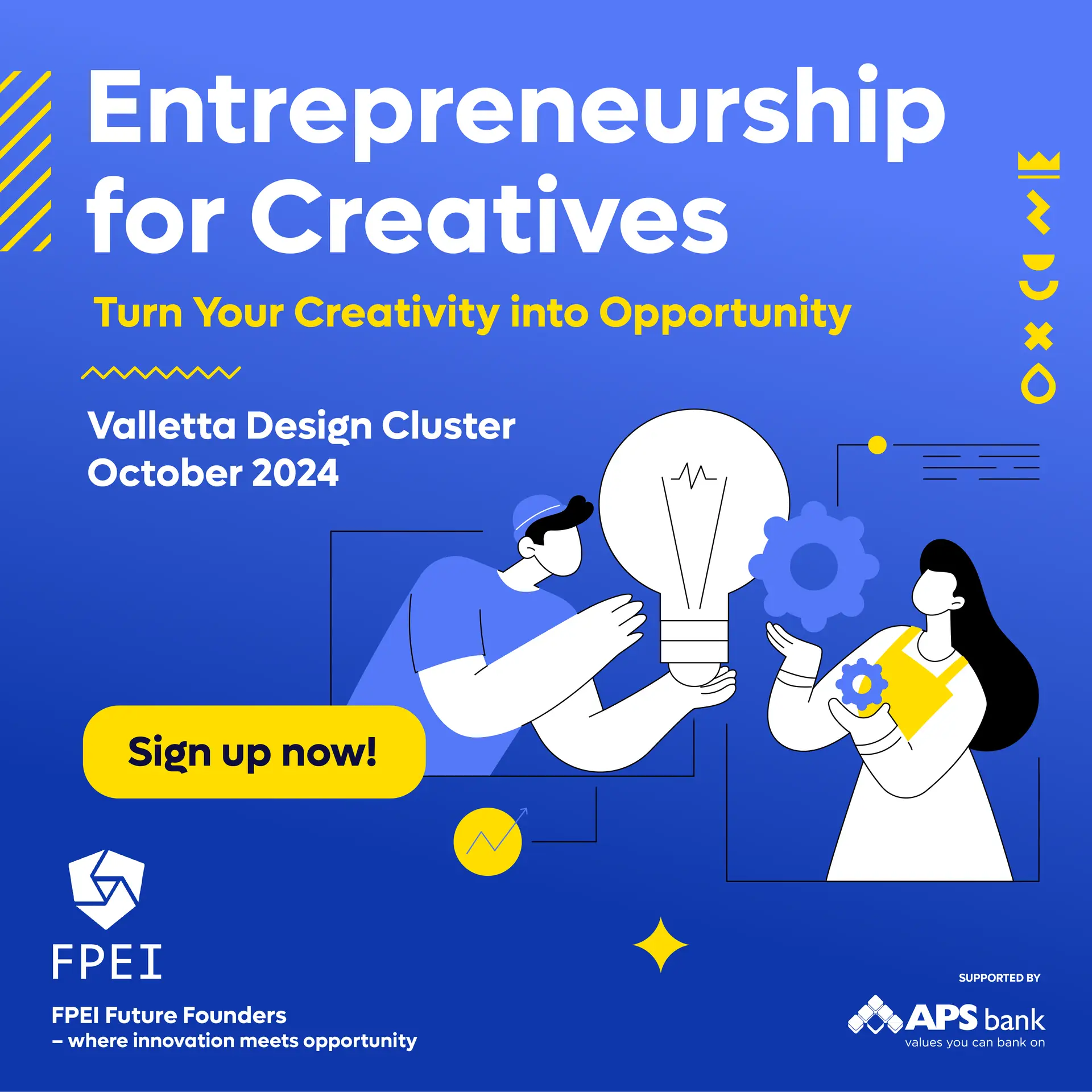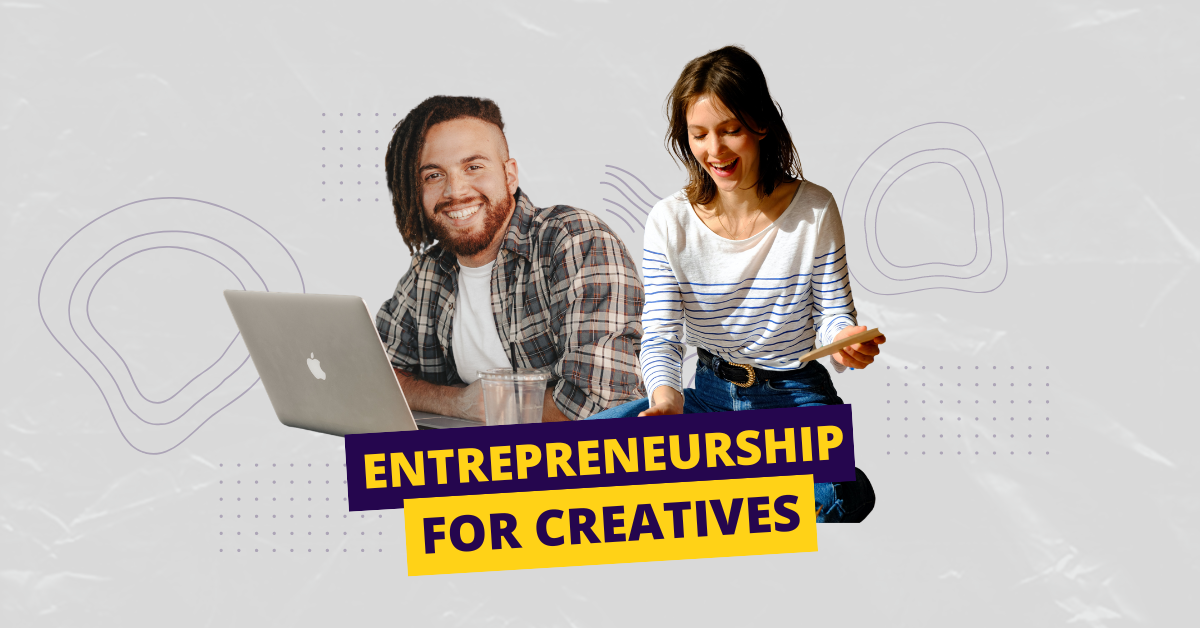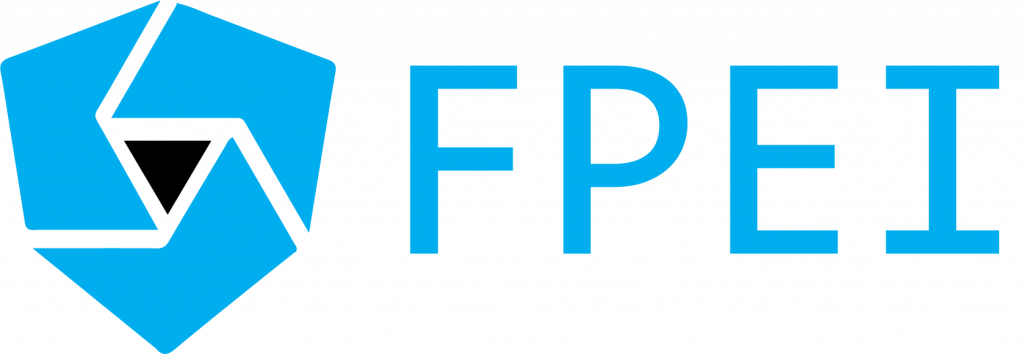Where do projects start from? Ideation.
This is the primary topic discussed with our speaker, Dr Leonie Baldacchino, Director and Senior Lecturer at the Edward de Bono Institute for Creative Thinking & Innovation, within the University of Malta.
The three concepts that define the characteristics of ‘creativity’ are:
- Usefulness
- Novelty
- Relevance
These are the same concepts that should be kept in mind when generating ideas. Ideas can be a combination of either new, innovative methods of thinking, or a combination of approaching existing ideas in an alternative way, with the result being the production of something of a relative value. Creativity can produce additional value that is different or better than what already exists, in terms of aesthetics, functionality or customer satisfaction, among others.
How do you come up with a creation that has added value? For starters, evaluate yourself and take a look at your strengths. These are your primary key interests together with your talents and passions. After all, passion forms a creative’s foundations and as the saying goes, “Do it with Passion or not at all”. Try combining your love and passion for a specific concept with your strengths and talents. What does this lead to?
Or perhaps, is there a problem in your sector that you keep facing? What can you come up with to make life easier? This is another approach one can consider during ideation. Try coming up with different solutions to a problem or situation that you and other people in the same sector keep complaining about. Take every situation, problem or complaint as an opportunity ready to be explored. At this stage, it’s all about exploration, being open to opportunities. Do not limit your options and choices.
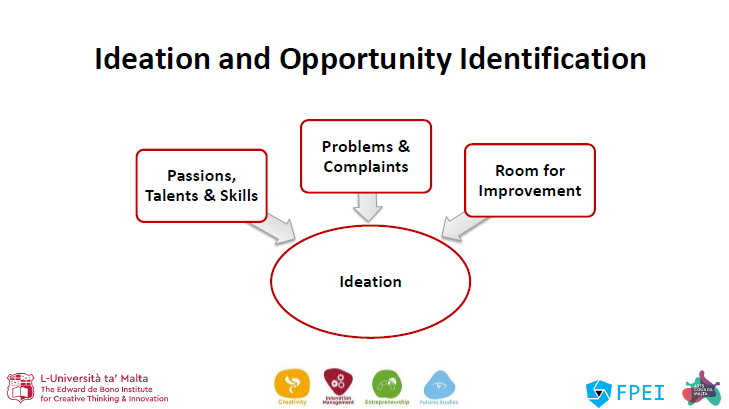
Consider one of these approaches and keep up a good attitude. With the right mindset, filled with ideas, motivation, determination and optimism, your choices are limitless at this stage.
During this session, Dr Baldacchino provided some tips and guidelines on how to go about Ideation and how to turn problems into opportunities. Make a list of problems and try to think outside of the box for different solutions. For setting the right mindset, she suggests adopting positive, useful habits such as obtaining the skill of being tentative and alert. Another useful tip is keeping notes and lists. Keep a list or a notebook with you to write down any spontaneous ideas and solutions to problems that come to mind from time to time. Turn this notebook into an ‘incubation generator’.
Dr Baldacchino also provides different, useful mechanisms such as the use of the SCAMPER model and ‘The Random Word’. For the former mechanism, each SCAMPER letter serves as a pointer that guides you in a potential direction, while ‘The Random Word’, a mechanism by Edward de Bono, provides a technique that helps the individual break out of the usual patterns and be able to generate new, creative ideas.
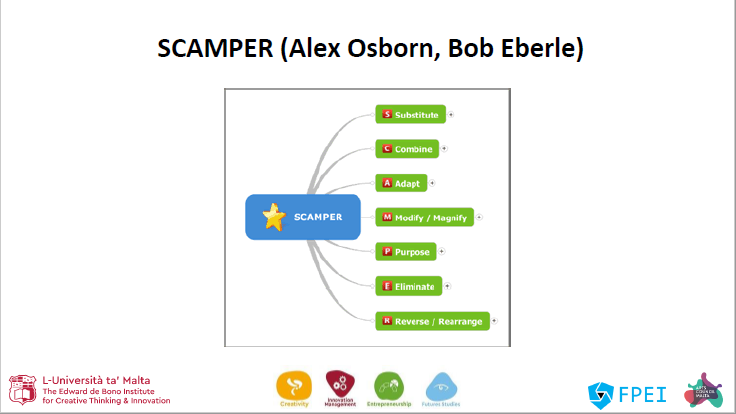
It needs noting that, being focused, invested and even, under pressure can sometimes lead to creative blockage; this is why coping and well-being strategies were also discussed during this session.
The two main strategies discussed were: Task-based strategies and Avoidance-based strategies. As Dr Baldacchino suggested, it is important to have a well-balanced combination of both strategies and have innovation-driven (task-based) hard work with some (avoidance-based) time out to look after your own well-being.
To sum up, ideation can come from different inspirations. With the right mindset, a positive attitude, and a creator’s passion and talents, together with the right mechanisms and newly gained tips, one can turn problems into golden opportunities, ready to flourish into exciting new projects and creations.
Entrepreneurship for Creatives was organised in collaboration with the Arts Council Malta
Last modified: 18/07/2023
